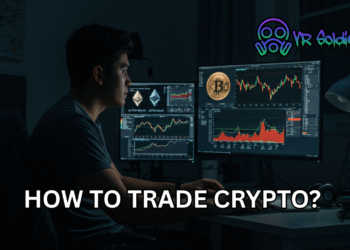There is a lot of terminology associated with the virtual reality industry for people to sift through. Not all of these terms will stand out as much as others, but it never hurts to be aware of them. Ambient occlusion is one of the terms associated with computer graphics in general, which means it will impact the VR scene as well.
What On Earth is Ambient Occlusion?
In the world of computer graphics, the term ambient occlusion relates to calculating the rendering of every point in a particular scene based on ambient lighting. Occlusion pertains to making scenery darker or brighter, depending on how a player looks at it and from what angle.
Ambient occlusion is a vital part of creating engaging thematic content for any platform dealing with computer graphics. Especially in the games industry, the right rendering of light and darkness can make a major difference. After all, standing in the middle of a dark room while only seeing a speck of light makes a lot more sense than being engulfed in dazzling light when there is no light bulb present. To most people, this sounds normal, yet ambient occlusion is a very difficult art to master.
Moreover, ambient occlusion is not the same as Phong shading. Instead, this is a global method, which means the illumination of every individual point in a scene is in the function of other geometry. It is not a perfect technique by any means, as it is still a rather crude approach to providing sufficient lighting – or lack thereof.
Mastering the art of ambient occlusion is of great importance to people responsible for the graphical design of a virtual reality environments. It will either make or break a specific scene in a game, especially when dealing with an immersive experience. An interesting term, although not everyone will ever come across it during their lifetime.
A perfect example of Ambient Occlusion is in the Paranormal Activity VR game. Some objects won’t show up until the player either lights them up with a flashlight or walks really close to them. This design method is also used in puzzle solving games.
If you liked this article make sure to follow us on twitter @thevrbase and subscribe to our newsletter to stay up to date with the latest VR trends and news.












